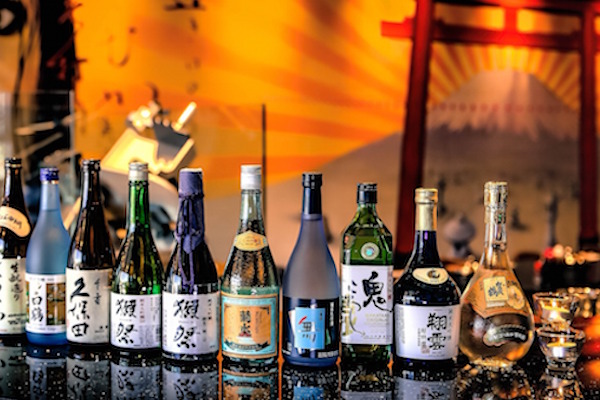
In brief, sake is a rice wine, produced by following these steps:
* A selected type of rice is milled and “polished” – a crucial factor that determines the quality and style of sake to be produced – before being washed, soaked and steamed.
* “Koji” (a Japanese fungus) is dusted over and kneaded into the steamed rice to convert starch into sugar.
* A yeast starter culture is made by adding the Koji rice to water and pure yeasts (which trigger the fermentation by converting the sugars into alcohol).
* This mixture (known as “moromi”) is fed with more rice and water and is fermented at controlled temperatures in order to achieve the desired flavour and style.
* Traditionally the moromi is then put in canvas bags allowing the sake to drip through whilst the solids remain inside. While this is still done in certain breweries, modern large-scale manufacturers use a mechanical press to extract the liquid.
* The sake is filtered and, in most cases, pasteurized.
Voilà – Japanese rice wine as we know it!